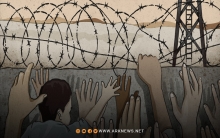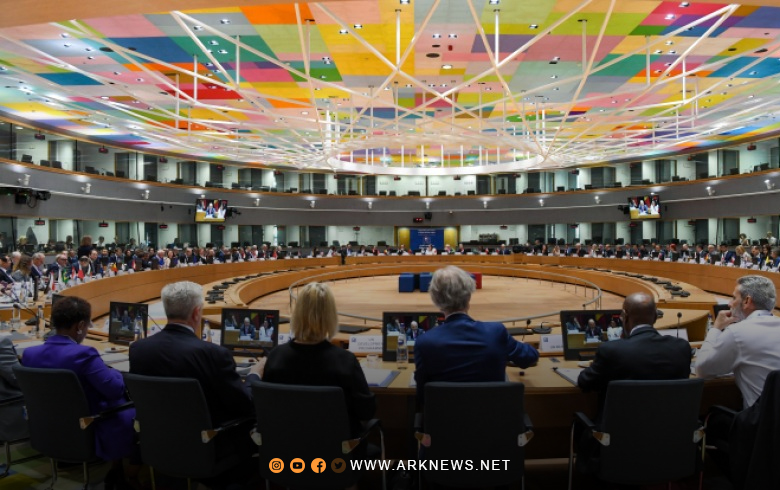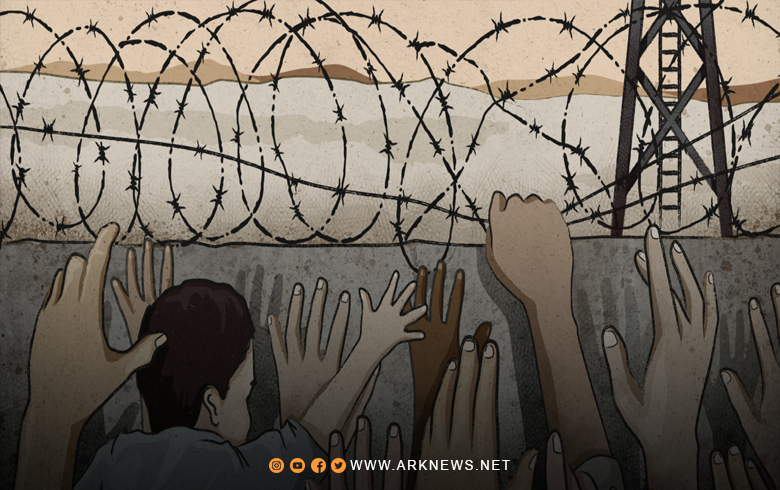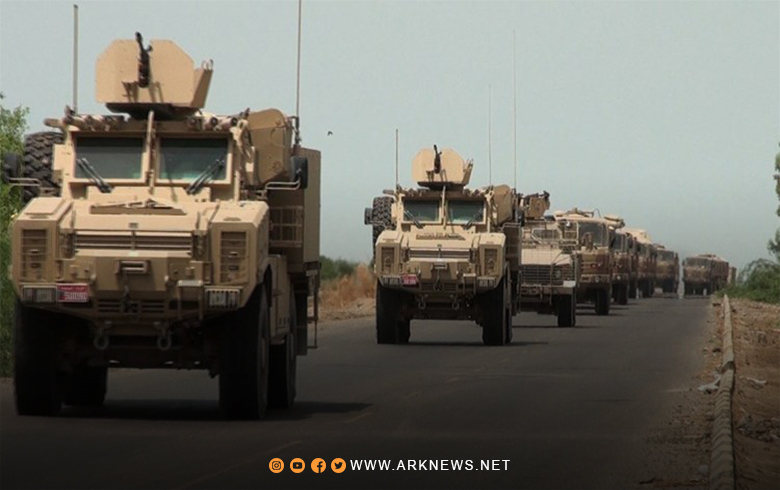
One billion people face displacement after several years
ARK News… Global environmental threats are expected to displace more than a billion people by the year 2050, according to a recently published report by an international research center.
A new analysis of global environmental threats issued by the Institute for Economics and Peace, a research center that publishes annual indicators on terrorism and peace, has shown that more than a billion people face the risk of displacement by 2050 as a result of rapid population growth, lack of access to food and water and increased exposure to natural disasters.
The Environmental Threat Register uses data from the United Nations and other sources, compiled by the Institute for Economics and Peace, to assess 8 threats to the environment and predict which countries and regions are most at risk, according to Reuters.
With the global population expected to increase to about 10 billion by 2050, which would intensify the scramble for resources and fuel conflicts, the research shows that up to 1.2 billion people living in vulnerable areas in sub-Saharan Africa, Central Asia, and the Middle East may be forced On migration and displacement by 2050.
By comparison, environmental factors and conflict led to the displacement of about 30 million people in 2019, according to the report.
"This will have major social and political implications not only in the developing world but also in developed countries, where mass displacement will lead to greater refugee flows to more developed countries," said Steve Kelly, founder of the Institute for Economics and Peace.
The record classifies the threats into two main categories: Food security, water scarcity, and population growth in one category, and natural disasters including floods, droughts, hurricanes, rising sea levels, and temperature increases in the other category.
The result is an analysis-based assessment of the number of threats each of 150 countries faces and their capacity to withstand.
While some countries, such as India and China, are more threatened by water scarcity in the coming decades, others, such as Pakistan, Iran, Mozambique, Kenya, and Madagascar, face a dangerous mix of threats as well as a diminished capacity to deal with them.
The analysis, consisting of 90 papers, found that "these countries are now broadly stable but highly vulnerable to environmental threats and positive 'regressing and deteriorating' peace, which means they are more vulnerable to collapse in the future."
446






















